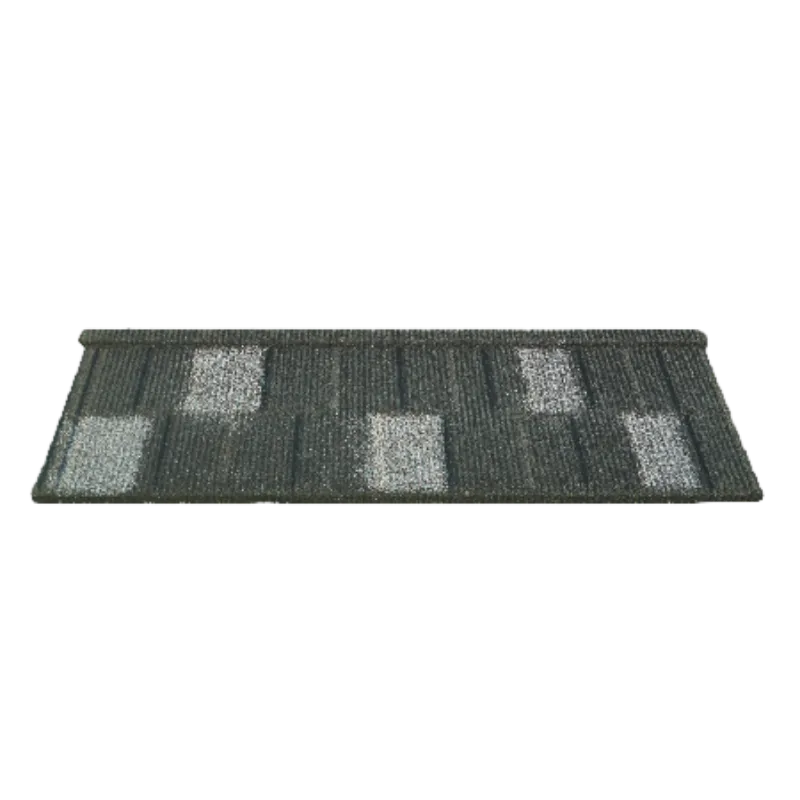
Oct . 11, 2024 14:26 Back to list
how long should architectural shingles last
How Long Should Architectural Shingles Last?
When it comes to roofing options, architectural shingles have gained immense popularity due to their durability, aesthetic appeal, and relatively reasonable cost compared to other roofing materials. Homeowners often wonder about the lifespan of these shingles and their performance over time. Understanding how long architectural shingles should last can help in planning for repairs or replacement, ensuring the longevity and safety of a home.
What Are Architectural Shingles?
Architectural shingles, also known as dimensional shingles or laminate shingles, are made from a base of asphalt that is infused with fiberglass and topped with granules that provide color and UV protection. Unlike traditional three-tab shingles, architectural shingles are thicker and are designed to mimic the appearance of wood shakes or slate tiles, providing a more upscale look to a home. Their structural integrity and design come with added benefits in terms of performance and longevity.
Lifespan of Architectural Shingles
The average lifespan of architectural shingles is typically between 25 to 30 years depending on various factors such as installation quality, maintenance, climate, and roofing materials used. High-quality architectural shingles can last up to 50 years, but this is less common.
1. Quality Matters The quality of the shingles plays a significant role in their lifespan. Higher-quality shingles often come with better warranties and are generally more resistant to weather damage, UV rays, and age. Homeowners should always opt for products from reputable manufacturers.
2. Installation Proper installation is crucial for maximizing the lifespan of architectural shingles. Even the best shingles can fail prematurely if not installed correctly. It’s essential to hire experienced and qualified roofing professionals who follow the manufacturer’s guidelines during installation.
3. Climate Conditions The local climate can significantly impact the longevity of roofing materials. Shingles in regions with extreme temperatures, heavy snowfall, or intense heat can experience stress leading to quicker deterioration. For example, areas with high humidity may see more issues with mold and mildew, whereas locations with intense sunlight may require products treated for UV resistance.
how long should architectural shingles last

4. Maintenance Regular maintenance is key to extending the lifespan of architectural shingles. Homeowners should conduct routine inspections, particularly after severe weather events. Cleaning debris, trimming overhanging branches, and checking for signs of wear can prevent small issues from escalating into more significant problems.
5. Ventilation and Insulation Proper attic ventilation and insulation can also influence the lifespan of architectural shingles. Adequate ventilation prevents heat and moisture buildup, both of which can lead to deterioration over time. Ensuring that the attic is well-ventilated can help maintain an optimal environment for the shingles.
6. Wind and Storm Resistance Architectural shingles are designed to endure higher winds compared to three-tab shingles. However, frequent exposure to storms and high winds can lead to shingle blowing off or damage. Homeowners should assess their roofs after storm events to check for damage.
Signs That It’s Time for Replacement
Over time, even the best architectural shingles may exhibit signs indicating that it’s time for replacement. Homeowners should be vigilant for the following signs
- Curling or Buckling If shingles begin curling at the edges or buckling, this may indicate age or inadequate ventilation. - Granule Loss A significant loss of granules, which may appear in gutters or at the base of the roofing, can reduce the shingles' life. - Leaks or Water Damage Any sign of water intrusion or leaks requires urgent attention, as these can lead to more severe structural damage. - Sagging Roof A sagging roofline can indicate underlying issues, including potential water damage, and should be inspected immediately.
Conclusion
Architectural shingles can provide excellent service for a considerable period, typically lasting between 25 to 30 years, given proper installation, quality materials, and regular maintenance. By understanding the factors that contribute to their longevity and knowing when to replace them, homeowners can ensure that their roofs continue to protect their homes effectively for years to come. When in doubt, consulting a roofing professional can provide clarity and guidance tailored to specific situations or concerns.
-
Stone Coated Metal Roof Tile-Nosen Tile: Durable & Stylish Roofing
NewsJul.23,2025
-
Durable Tiles Made of Clay for Modern Cladding Solutions
NewsJul.22,2025
-
Stone Coated Roman Tile Metal Roofing - Durable & Elegant
NewsJul.22,2025
-
Premium Roofing Granules for Sale - High Durability & Cost-Saving
NewsJul.21,2025
-
Durable Laminated Shingles for Weather-Resistant Roofing
NewsJul.21,2025
-
Rubber Roofing Shingles - Durable & Weatherproof SBS Rubber Asphalt Shingles for Homes & Businesses
NewsJul.08,2025







